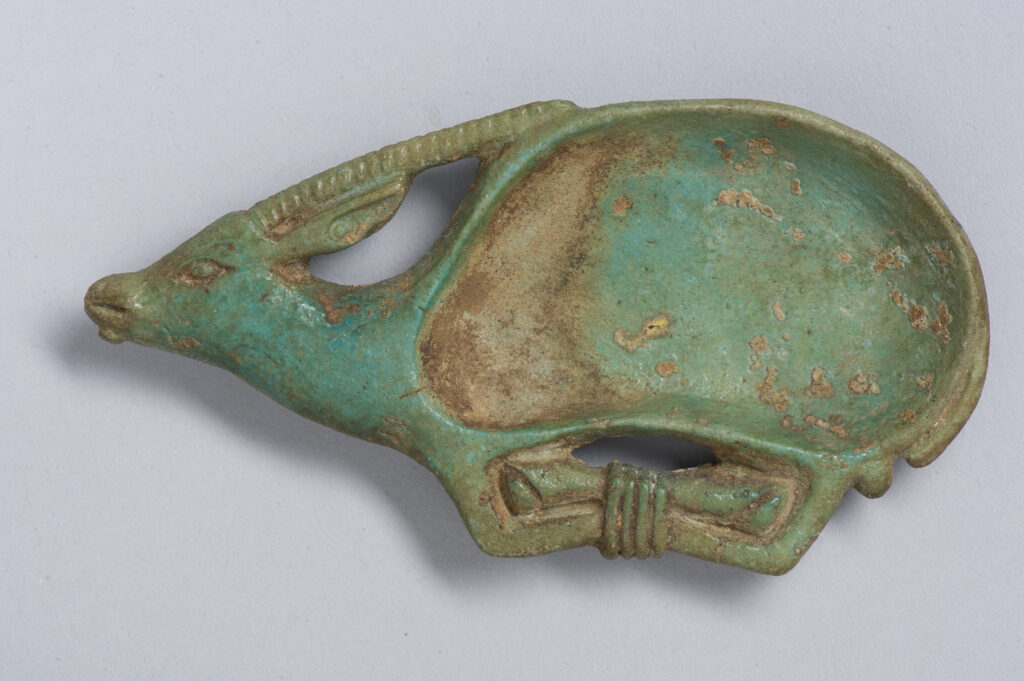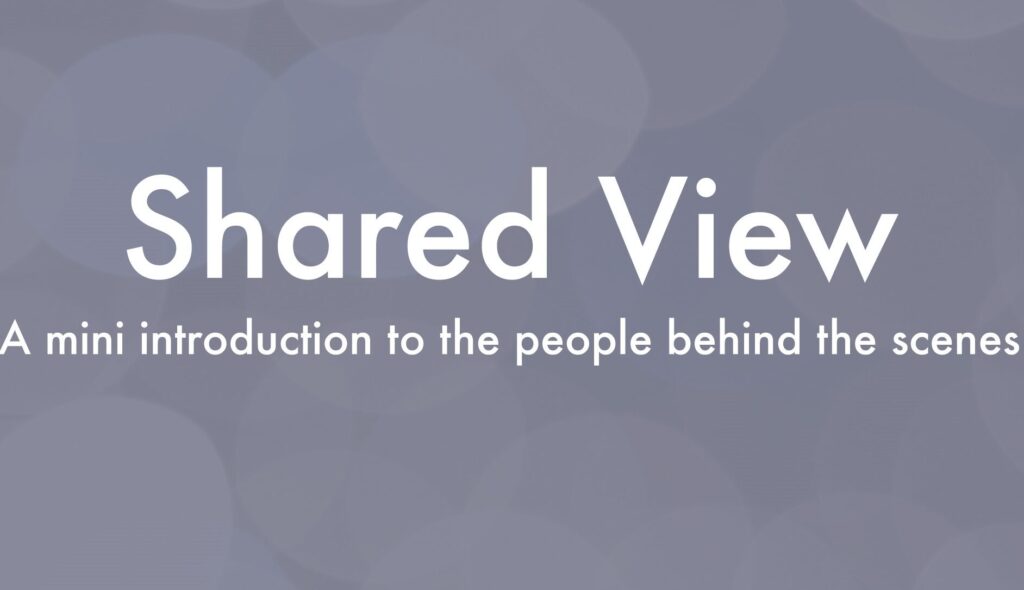The Egyptians believed that the afterlife was a mirror-image of life on earth. They thought the soul lived on within the body & would continue to need familiar things. They hoped to be reanimated after death & do all the things they could do while they were alive.
Shabti dolls were funerary figures who accompanied the deceased to the afterlife. Placed in tombs among the grave goods, they were intended to act as servants or minions for the deceased.
http://collections.etoncollege.com/object-ecm-396-2010

The figurines frequently carried a hoe on their shoulder and a basket on their backs, implying they were intended to farm for the dead, although it is difficult to discern the exact object in this case.
http://collections.etoncollege.com/object-ecm-1645-2010
Pedestal blue cups were included within burials. They were associated with the ability to eat post-death, and also with food offerings to the gods, which were believed to help the dead during the afterlife.

Faience beaded nets usually including amulets or protective symbols were made to cover the mummy in order to protect the wearer from misfortune.
http://collections.etoncollege.com/object-ecm-6333_2017

By Chryssa Siakka, Gallery Steward.
For more Ancient Egyptian artefacts which offer a glimpse into everyday life and the afterlife, keep an eye out for the online exhibition Ancient Beings, coming soon!

Originally tweeted by Eton College Museums and Galleries (@EtonCollMuseums) on July 19, 2020.



